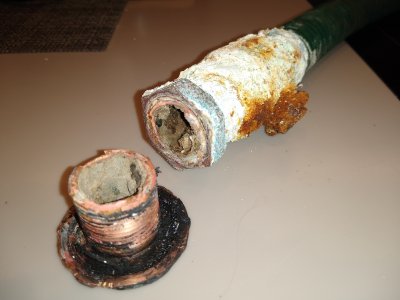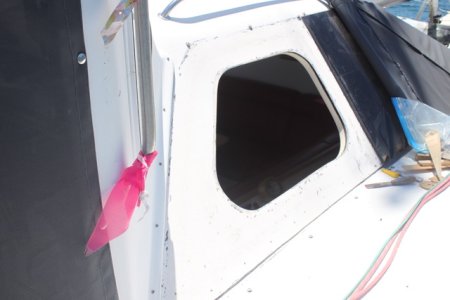lustyd
Well-Known Member
I think that was Tranona's point above, the risk of it failing in action appears to be almost nothing or we'd be hearing about it regularly.if anyone really knows what the risk (probability) of a given fitting (be it hose, seacocks, windows etc) failing when you least want it to
It's certainly a risk, and they do fail but it seems mostly when mechanical force is applied to a duff one which we hear about quite a bit. I don't imagine he was even arguing for the use of brass fittings, just saying that with proper maintenance they aren't the huge issue they're made out to be. I tend to agree but my boat does have TruDesign fittings so make of that what you will


